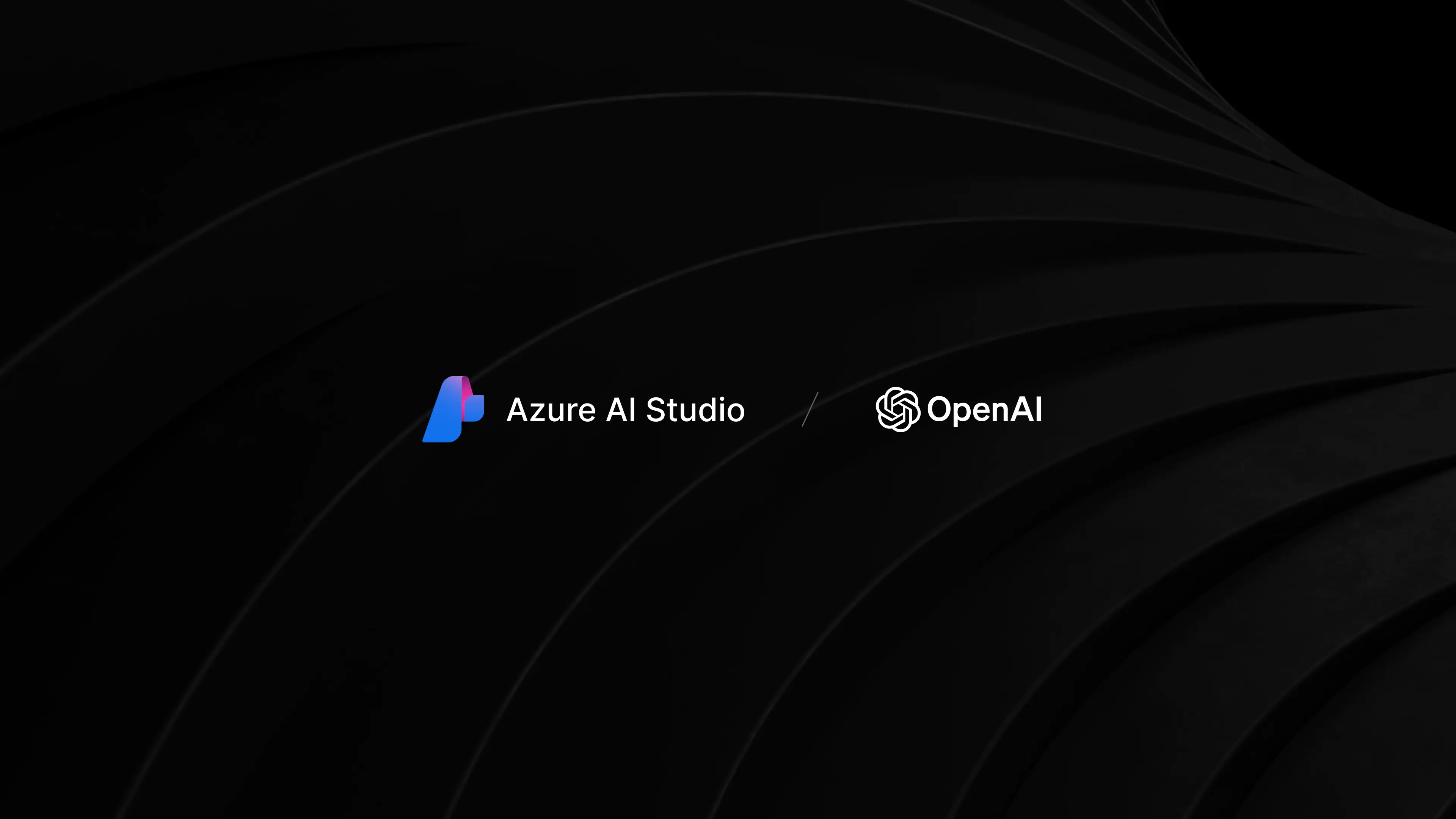29 March 2024 (updated: 29 March 2024)
What is Node.js And When to Use It?
Chapters

Node.js is still growing in popularity. Learn the pros and cons, and when to use Node.js for your next project.
What is Node.js?
Node.js is a runtime environment based on the JavaScript V8 engine, allowing JavaScript code to be executed outside of a web browser, mainly on the server side. Initially, JavaScript was only used for interacting with users on websites, working exclusively on the client side - in the browser.
Over time, the enormous potential benefits of this language and its environment were recognized, leading to a decision to expand its application. As a result, the Node.js server environment was created, enabling the writing and running of backend applications in JavaScript - opening up entirely new possibilities in web programming.
Is JavaScript asynchronous? The mysterious Event Loop.
JavaScript is known for operating in a single thread, executing operations synchronously - one at a time. However, its asynchronous nature is made possible through the Event Loop mechanism. This mechanism manages the order of executing operations, especially asynchronous ones, without blocking the main thread.
The Event Loop allows JavaScript to delegate non-blocking input/output (I/O) operations, such as database operations or HTTP requests, and react to them only after they are completed. As a result, while waiting for these operations, the Event Loop can effectively handle other tasks, ensuring the responsiveness of the application even when facing operations that may potentially take a long time.
In my opinion, the person who best explains how Event Loop works is Philip Roberts at the JSConf EU conference. I encourage you to watch.
When working with Node.js, it's important to be cautious of "CPU-heavy" operations that could potentially block the main thread and decrease the responsiveness of the application. By "CPU-heavy" operations, I mean tasks like parsing large JSON files, processing large arrays, and so on. It can cause delays in handling events and asynchronous I/O operations.
The "worker_threads" module can be used to delegate heavy operations to a separate thread, thereby avoiding blocking the main thread.
When to use Node.js?
Streaming services
Node.js is a great choice for real-time applications like internet chats or streaming services. Its "non-blocking single thread" makes it easy to scale applications even under heavy traffic and handle multiple parallel requests. As a result, applications built with Node.js can handle high loads without a drop in performance, providing users with fast and smooth interaction.
Traditional servers often use threads to handle requests, leading to the creation of a larger number of threads as the number of requests increases or limiting concurrency by using a fixed pool size of available threads. In the case of Node.js, the server processes requests asynchronously, meaning it does not wait for one request to finish before starting to handle the next one. This makes Node.js extremely efficient, allowing it to handle thousands of concurrent connections.
Small microservice applications
Node.js is perfect for building small microservices because it's lightweight, efficient, and easy to manage. Its asynchronous nature and single-threaded execution model allow it to effectively handle multiple concurrent requests, which is crucial in microservices architecture. Node.js is therefore an ideal choice for projects requiring quick deployment, flexibility, and scalability of microservices.
Event-driven applications
If you need to create event-driven applications like monitoring systems, data streaming management, or IoT systems, Node.js is excellent at handling multiple concurrent events and interactions.
Server-side applications
Node.js is perfect for creating server-side applications like REST APIs, which are essential components of modern web applications. With its simplicity in handling HTTP requests and support for JSON data formats, Node.js allows agile development of such services. Its efficiency in handling multiple connections simultaneously further emphasizes its performance, making it ideal for building scalable and responsive web applications.
When to avoid Node.js?
Intensive CPU computations
For applications requiring intensive CPU computations where multi-threading efficiency is crucial, Node.js may be less effective than other environments. While newer versions of Node.js allow for the creation of additional threads (referring to the "worker_threads" module mentioned earlier), one must consciously decide whether such a solution will be optimal and consider issues such as data copying between the main thread and the workers, the cost of creating new workers, etc.
Large memory operations
We might encounter similar issues when dealing with operations requiring a lot of memory. Because Node.js operates in a single thread and uses Garbage Collection to manage memory, it may be less efficient in handling applications that generate heavy memory usage, such as processing large files in memory or dealing with a large number of data operations in memory.
Problem-solving operations
Putting performance aside, Node.js might not be the best option for solving certain types of problems. Other programming languages might have better support through specific modules or active community help. For example, if your project involves working with images or implementing machine learning algorithms, you might find other languages more suitable. Before deciding on Node.js, it's wise to research and see if the tools and libraries you need are available and to learn from the experiences of other developers. This way, you can make a smarter choice and make the development process easier by choosing the technology that fits your project's needs best.
JavaScript limitations
When it comes to Node.js, it's important to consider the imperfections of the JavaScript language and its limitations, such as the lack of type control, hoisting, etc. That's why I believe it's always worth considering using TypeScript if it's possible.
Why do we use Node.js?
Besides the benefits mentioned earlier, Node.js lets us use JavaScript, including its TypeScript extension, for both the client and server sides of an application. This language consistency allows front-end and back-end developers to easily share code between the different parts of the app. This approach not only makes teamwork smoother but also speeds up project development and ensures consistency across the project.
Node.js and TypeScript, being popular, have large communities and extensive libraries and extension ecosystems. A big community of developers actively develops and shares hundreds of libraries and tools, making the development process very often much easier and faster. Using Node.js and TypeScript provides access to a wide range of ready-made solutions, speeding up and simplifying application development significantly.
Check out also:
- Top 10 Automated Software Testing Tools - Find the best automated software testing tool to speed up your testing process.
- Is Ruby on Rails Dead? - The “Ruby on Rails is dead” rumor has been around for far too long. Let’s clarify things once and for all.
You may also like

Leveraging Isolated Environments in Azure for Secure AI Model Usage
21 November 2024 • Mariusz Heyda





